10 Toys Rated by a Certified Occupational Therapy Assistant
- Patria Lincoln Posted On Apr 22, 2019 | STEM
This is a demo store. No orders will be fulfilled.

In the early childhood or special education classroom, sensory bins are a staple! They allow your students to explore tons of different textures and materials and can help develop a healthy tactile system. These types of activities are especially great for children with autism, as sensory practice helps calm and them and improve focus and concentration.
Dying rice different colors is VERY easy to do, and you only need materials that you most likely already have in your classroom.
Materials needed:
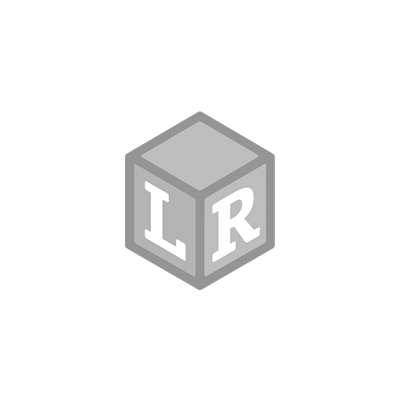

In the past, a lot of people used vinegar and food coloring to dye rice to for sensory bins. Using paint is quick, easy, and won’t leave your hands blue. Plus, if kept dry, this rice will last forever. This would even be a fun activity to do WITH your students. They will be amazed by the process!
Step 1: Add a few cups of rice to the plastic bag, and squirt the paint in

Step 2: Shake and squish the rice in the bag until it’s completely covered in the paint. Don’t be afraid to add more if you want more vibrant color!

Step 3: Spread the rice out on a tray or a pan in an even layer to dry. I like to put mine on wax paper, so there is less clean up. It dries pretty quick!

Step 4: Once dry, use your hands to break apart the rice until its loose.

For this activity, I made green, blue, and lime green rice for fun, spring colors. Once all the colors were dry, I mixed them up together in our bin.

Add some scoopers and cups, and your students will have a blast!
When I put together sensory bins for the classroom, I love throwing counters or other manipulatives to add a skill component. For fine motor development, I offer plastic tongs and tweezers for students to use to pick out the objects from the rice, which helps build up those finger muscles for pre-writing.
For this bin, I used the Counting Dino-Sorters Math Activity Set from Learning Resources. I love how this set works on a number of skills in one activity and can be easily differentiated based each student’s ability level. I put the dinosaurs in the rice, and set the dinosaur eggs to the side.

Students can sort the dinosaurs by color, count the dinosaurs needed to fill each egg, match the dinosaur egg tops and bottoms by color, or put the eggs in order from 1-10, or in descending order from 10 to 1. To challenge your students, you could always have them compare the amounts in the eggs or complete simple addition or subtraction story problems (i.e. I have 3 dinosaurs in this egg, if one of my dinosaurs jumps back into the water, how many dinosaurs are left in the egg?). The possibilities are endless!
-fine motor skills-color identification
-number identification
-one to one correspondence
-counting
-early addition/subtraction
After students complete the activity, allow them time to play! Lots of learning happens when students are engrossed in imaginary play. Not only does play benefit students’ social development, but it also enhances language and communication development as well.

Save it for later!
Materials Needed:
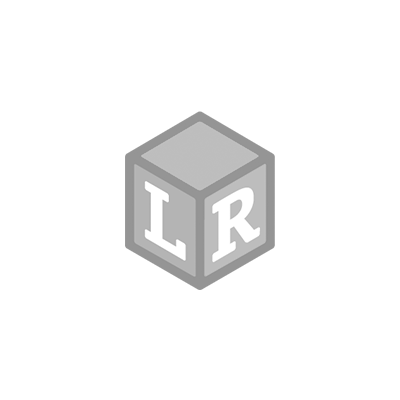

Step 1:
Step 2:
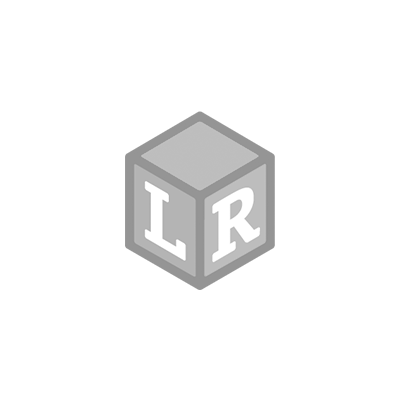

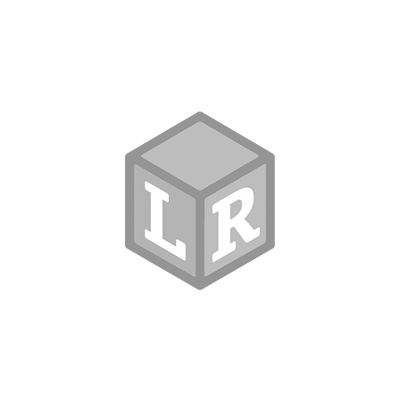

Step 3:
Step 4:
Variation: We also used all of the same materials for an indoor water play version using an oven tray.
The materials selected for this activity help to develop lots of intrinsic hand muscles and joints, along with visual and motor coordination! For younger kiddos, you can always remove the use of the tools and have them use their fingers and hands – for the older kiddos, you can always add more challenges by having them use the tools and more detailed coordination to create their terrarium. This is a fun activity that can grow with the kiddo as their skills progress!
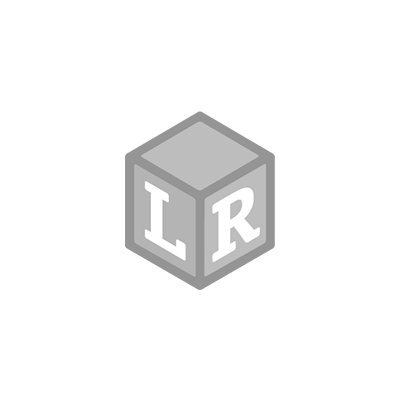

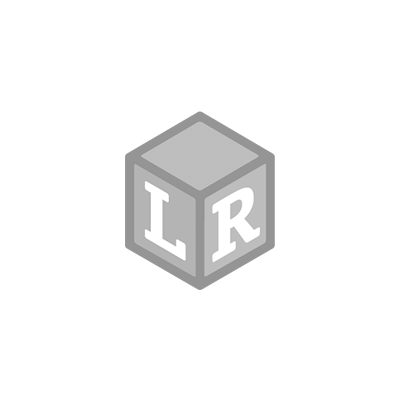

In the early childhood or special education classroom, sensory bins are a staple! They allow your students to explore tons of different textures and materials and can help develop a healthy tactile system. These types of activities are especially great for children with autism, as sensory practice helps calm and them and improve focus and concentration.
Dying rice different colors is VERY easy to do, and you only need materials that you most likely already have in your classroom.
Materials needed:


In the past, a lot of people used vinegar and food coloring to dye rice to for sensory bins. Using paint is quick, easy, and won’t leave your hands blue. Plus, if kept dry, this rice will last forever. This would even be a fun activity to do WITH your students. They will be amazed by the process!
Step 1: Add a few cups of rice to the plastic bag, and squirt the paint in

Step 2: Shake and squish the rice in the bag until it’s completely covered in the paint. Don’t be afraid to add more if you want more vibrant color!

Step 3: Spread the rice out on a tray or a pan in an even layer to dry. I like to put mine on wax paper, so there is less clean up. It dries pretty quick!

Step 4: Once dry, use your hands to break apart the rice until its loose.

For this activity, I made green, blue, and lime green rice for fun, spring colors. Once all the colors were dry, I mixed them up together in our bin.

Add some scoopers and cups, and your students will have a blast!
When I put together sensory bins for the classroom, I love throwing counters or other manipulatives to add a skill component. For fine motor development, I offer plastic tongs and tweezers for students to use to pick out the objects from the rice, which helps build up those finger muscles for pre-writing.
For this bin, I used the Counting Dino-Sorters Math Activity Set from Learning Resources. I love how this set works on a number of skills in one activity and can be easily differentiated based each student’s ability level. I put the dinosaurs in the rice, and set the dinosaur eggs to the side.

Students can sort the dinosaurs by color, count the dinosaurs needed to fill each egg, match the dinosaur egg tops and bottoms by color, or put the eggs in order from 1-10, or in descending order from 10 to 1. To challenge your students, you could always have them compare the amounts in the eggs or complete simple addition or subtraction story problems (i.e. I have 3 dinosaurs in this egg, if one of my dinosaurs jumps back into the water, how many dinosaurs are left in the egg?). The possibilities are endless!
-fine motor skills-color identification
-number identification
-one to one correspondence
-counting
-early addition/subtraction
After students complete the activity, allow them time to play! Lots of learning happens when students are engrossed in imaginary play. Not only does play benefit students’ social development, but it also enhances language and communication development as well.

Save it for later!
Materials Needed:


Step 1:
Step 2:




Step 3:
Step 4:
Variation: We also used all of the same materials for an indoor water play version using an oven tray.
The materials selected for this activity help to develop lots of intrinsic hand muscles and joints, along with visual and motor coordination! For younger kiddos, you can always remove the use of the tools and have them use their fingers and hands – for the older kiddos, you can always add more challenges by having them use the tools and more detailed coordination to create their terrarium. This is a fun activity that can grow with the kiddo as their skills progress!













































 Save it for later
Save it for later



















 Save it for later
Save it for later READ MORE
READ MORE
Spring is here! It's time to head outside and see the world bloom finally. See how many spring-time items you can find with this fun bingo chart. Whoever gets the most first wins!
Spring is here! It's time to head outside and see the world bloom finally. See how many spring-time items you can find with this fun bingo chart. Whoever gets the most first wins!
March 1st is National Day of Unplugging. Time to put away the technology, enjoy some time as a family, and engage your kids in all kinds of activities that will help them see how fun it can be to unplug! Science experiments are a great way to entertain kids while learning through play. Magnet science is a favorite of many children, and the new Magnet Movers set has everything you need for a multitude of experiments and play setups.

The Magnet Movers set comes with a magnetic wand, chips, and many other magnetic accessories. Little ones will love using the wand and other accessories to experiment with magnetic attraction. In addition to using the set on it’s own, there are so many other fun ways to play.
When you add the magnet accessories to a muffin tin or cake pan, you are putting them on a magnetic surface which makes experimenting with magnetic attraction and movement all that much more amusing.
Use a large mirror as a new surface for playing with your magnetic wand and accessories. The reflection of the magnets in the mirror provide a new type of sensory experience.

Did you know your front door and/or your garage door is probably a magnetic surface as well? Try adding the magnet pieces to the door. See if the attraction is strong enough to hold them to it. Use your magnetic wand to move them across the door.

If you have a set of magnetic tiles, try adding them to the fun. Make towers or tunnels with your tiles, then decorate them with the magnetic chip pieces. Use the magnetic wand and see what happens.
Fill up a glass jar with magnetic chips. Kids will love watching as they move the chips around from outside the jar with just their magnetic “magic” wand!

A sensory bin filled with rice never disappoints. Kids love the feeling of running their hands through the rice, digging through it, and scooping and pouring it into containers. When magnetic accessories are added, it gets even more entertaining for little ones. Dig through the rice, enjoy some sensory play, and use your magnetic wand to search for your magnetic chip pieces!

Create a rod, or use the Magnetic post from the Magnet Movers set, as a fishing pole to go magnet fishing! Place all of the magnetic chips in a “pond” using a large bowl or tray, and try and catch them all.
A recycled piece of cardboard and a marker are all that is needed to make some exciting magnet mazes for your little ones to explore. Use the magnet wand to move the magnetic pieces through a maze from the other side of the cardboard!

The Magnet Movers set includes a set of instructions for many of its own experiments. Watch what happens when you drop the ring magnets onto the magnetic post. The same magnet poles repel, creating a floating effect!
There are so many ways to play and experiment with magnets, and it’s the perfect way to spend part of National Day of Unplugging.

March 1st is National Day of Unplugging. Time to put away the technology, enjoy some time as a family, and engage your kids in all kinds of activities that will help them see how fun it can be to unplug! Science experiments are a great way to entertain kids while learning through play. Magnet science is a favorite of many children, and the new Magnet Movers set has everything you need for a multitude of experiments and play setups.

The Magnet Movers set comes with a magnetic wand, chips, and many other magnetic accessories. Little ones will love using the wand and other accessories to experiment with magnetic attraction. In addition to using the set on it’s own, there are so many other fun ways to play.
When you add the magnet accessories to a muffin tin or cake pan, you are putting them on a magnetic surface which makes experimenting with magnetic attraction and movement all that much more amusing.
Use a large mirror as a new surface for playing with your magnetic wand and accessories. The reflection of the magnets in the mirror provide a new type of sensory experience.

Did you know your front door and/or your garage door is probably a magnetic surface as well? Try adding the magnet pieces to the door. See if the attraction is strong enough to hold them to it. Use your magnetic wand to move them across the door.

If you have a set of magnetic tiles, try adding them to the fun. Make towers or tunnels with your tiles, then decorate them with the magnetic chip pieces. Use the magnetic wand and see what happens.
Fill up a glass jar with magnetic chips. Kids will love watching as they move the chips around from outside the jar with just their magnetic “magic” wand!

A sensory bin filled with rice never disappoints. Kids love the feeling of running their hands through the rice, digging through it, and scooping and pouring it into containers. When magnetic accessories are added, it gets even more entertaining for little ones. Dig through the rice, enjoy some sensory play, and use your magnetic wand to search for your magnetic chip pieces!

Create a rod, or use the Magnetic post from the Magnet Movers set, as a fishing pole to go magnet fishing! Place all of the magnetic chips in a “pond” using a large bowl or tray, and try and catch them all.
A recycled piece of cardboard and a marker are all that is needed to make some exciting magnet mazes for your little ones to explore. Use the magnet wand to move the magnetic pieces through a maze from the other side of the cardboard!

The Magnet Movers set includes a set of instructions for many of its own experiments. Watch what happens when you drop the ring magnets onto the magnetic post. The same magnet poles repel, creating a floating effect!
There are so many ways to play and experiment with magnets, and it’s the perfect way to spend part of National Day of Unplugging.

 Shop UK Site
Shop UK Site